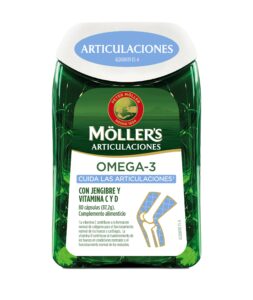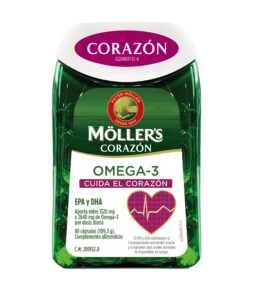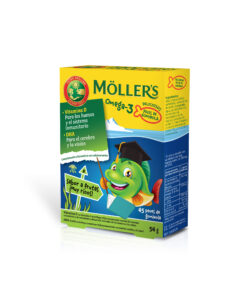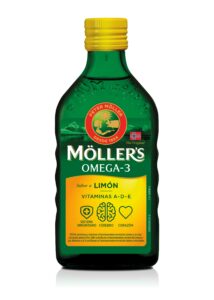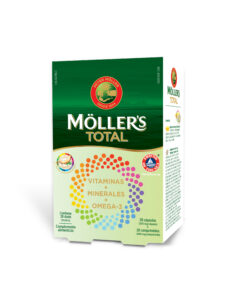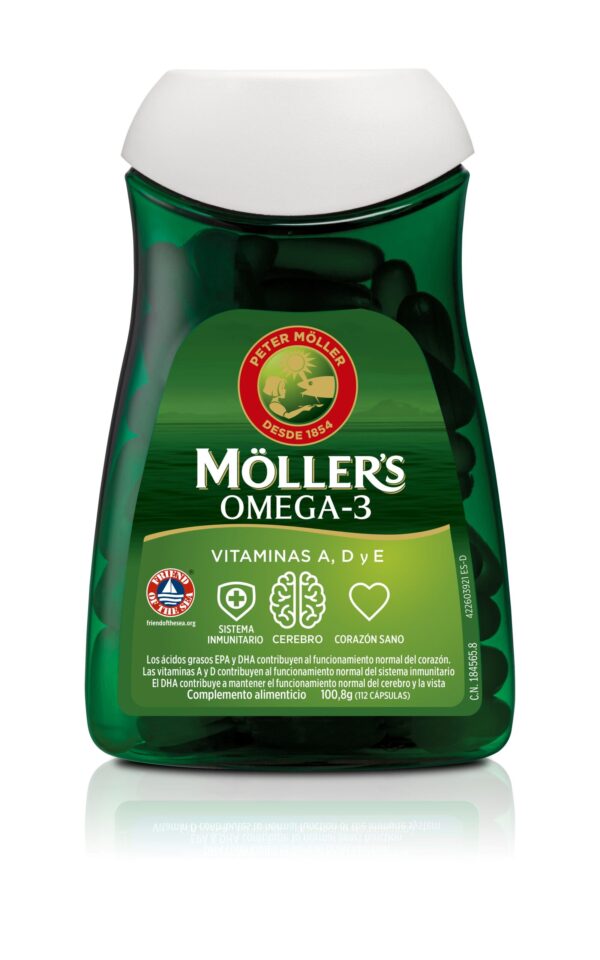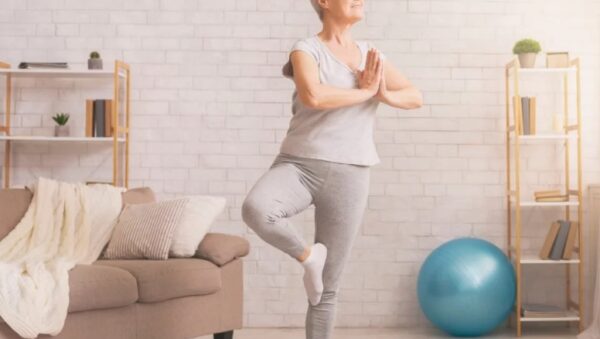Muscle strength declines by 15% every ten years after the age of 50. After 70, it’s lost even more quickly: by 30 % every ten years. But by exercising and keep physically active, you can retain your muscle strength and live longer. Learn more about why staying active is the best anti-aging remedy and what type of exercises you can do.
Home » Movement is the key to a longer life
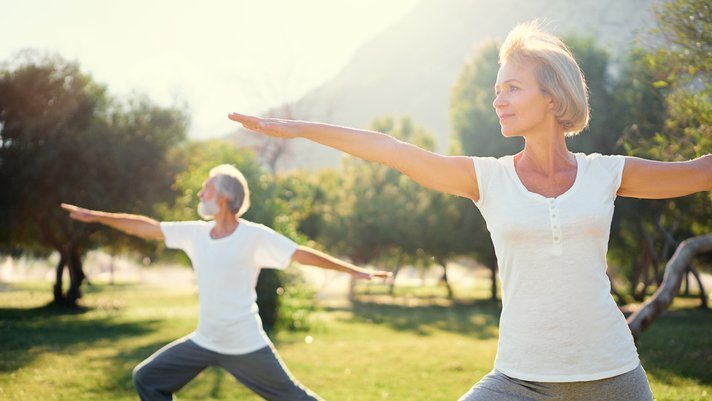
Read more articles about how you can have a healthy aging
Why keep active and fit?
The older you get, the more you need to keep active to counteract age-related loss of muscle mass, which happens more commonly in women than men. Did you know that strength exercises can increase muscle mass in later life and improve strength by 25 to 100%?
If you stay physically active in your later years, you also keep your independence longer because you won’t depend on others for help with daily tasks like shopping or walking up stairs. In the long term, this enables you to live at home longer, something most of us want.
Physically active people aged 65+ also gain, on average, three years of improved quality of life compared to those with an inactive lifestyle. But regardless of age, your body always benefits from the many therapeutic effects of exercise and physical activity. By increasing muscle strength, for example, exercise reduces the risk of falls and fractures.
Exercise also lifts mood, reduces the risk of lifestyle diseases and improves memory and other cognitive functions. Movement also helps us to experience more and stay socially active longer.
Being active outdoors, and spending time in nature or at the gym, allows us to meet new people. Social activities like bingo or bowling also stimulate the brain and are a great way to learn new skills. As all physical activities engage both the body and brain, exercise is a good way to keep the brain stimulated.
If you’ve been physically active all your life, it won’t be an issue for you to carry on being active into old age. However, if you haven’t done any exercise for a long time, or you haven’t exercised much in your life, it can be difficult to know where to start. You may also find it hard to get motivated if you are ill or have other limitations in everyday life. But the good news is it’s never too late to start.
Finding the type of exercise that suits you
Adults are advised to do muscle-strengthening exercises twice a week, as well as aerobic exercise, say top UK doctors. They recommend doing moderate physical activity, such as brisk walking, at least 150 minutes a week or 75 minutes of high-intensity exercise such as running.
If you have poor balance or find it difficult to walk, do balance exercises three or more days a week. This will improve body stability and reduce the risk of falls. If you are in poor health or have impaired function, stay as active as your health situation allows.
There are a myriad types of exercise you can do, the only limitation being your imagination. Why not start with something you enjoy and will maintain for the rest of your life? Excellent exercise includes walking, skiing, cycling, dancing or strength training. Gardening, chopping wood, and other outdoor and indoor daily activities are also suitable.
Important muscle groups that need strengthening include those of the legs, hips, abdomen, back, chest, shoulders, and arms. Most gyms provide personal assistance for training programs and show you how to perform various exercises. They also advise on how often you should exercise based on your bodily capabilities.
It’s particularly important to focus on strengthening the muscles in and around legs and hip joints. These are known as the muscles of independence since they allow you, among other things, to get in and out of a chair unaided. There are many ways to exercise these muscles, but one that stands out is strength training.
You don’t have to go to a gym to do strength training. Doing these exercises at home can be as effective, at least initially, when you start building up the muscles. Start with bodyweight training, i.e. exercises with which you use your own bodyweight, such as push-ups, squats and jumps. You can do these without extra equipment at first and then add weights, such as water bottles and bags with books, or rubber resistance bands.
If you want to start really easy, begin by carrying the shopping bags home, not using your arms when getting up from a chair, or improving your balance by standing on one leg for ten seconds while watching TV.
Whatever type of movement you choose, you’ll be adding years to your life, making it more enjoyable at the same time, and reversing the aging process.
What is good health?
Do you have a good lifestyle?
Lifestyle simply means the way in which you live. Health and lifestyle go hand in hand. You might feel you have a good lifestyle if you are physically active, eat healthily and generally experience a sense of wellbeing. Conversely, if you want good health you should also have a good lifestyle.
Physical activity is the major contributor to a good lifestyle, but diet, drugs, stress, sleep and social conditions are also play an important role. Being able to use the body properly to avoid injury also affects lifestyle. Physical activity can also prevent depression and help you to recover more quickly from mental illness, both of which obviously affect your lifestyle.
Diet can be a difficult topic for many. Perhaps you eat too much or too little or maybe you find it hard to know what foods to combine to have a balanced diet. It’s also important to eat food that contains important vitamins, minerals and dietary fibre, omega-3 and antioxidants. On top of all this, you also need to get enough energy, protein and the correct fatty acids. The requirement for these nutrients changes throughout your life. When you are older you also have different requirements than children and younger adults. Women also have different requirements than men. Pregnant and breastfeeding mothers also have special requirements.
When you get older, you lose muscle mass and your body requires less energy and therefore less food. You may lead a less active life than you did before, which is why you require less food. However, your need for minerals, vitamins and other nutrients remains the same. Of course, there are plenty of healthy and active older people, but when you reach 70 to 80 years of age, it’s easier to become ill, especially during flu season.
Some steps you can take to improve your lifestyle and health are to:
- eat a healthy and varied diet
- stay active
- watch your weight
- avoid too much alcohol and don’t smoke
- get enough sleep
- think positive
- practise good hygiene
What is good quality of life?
The World Health Organisation (WHO) defines quality of life as a state where the individual can realise their potential, cope with normal stressful situations, work in a rewarding and positive way, and be able to contribute to others and society.
Quality of life is a wide and somewhat diffuse concept that includes joy in, and a desire for, life. These are values that are rather felt than measured, which in turn are based on personal environment and choices. Quality of life doesn’t necessarily depend on being healthy or sick. It’s the moments between worries, sorrows, problems and ailments that matter. For example, if you have a chronic illness, a feeling of mastery can be important when talking about quality of life.
To sum up, quality of life is a combination of health, lifestyle, networks and social support. It’s about experiencing joy, meaning in life, satisfaction, security and a sense of belonging, as well as being able to use your strengths. It’s also about feeling interest in life, coping with everyday situations and a being committed to something or someone. If you have good quality of life, you will be able to cope better with the inevitable stressful situations in life.
Learn more
Exercise program for the elderly
Healthy Aging Healthy Bones
Healthy diet during pregnancy
Brain Healthy Aging
Good health, lifestyle and quality of life – What does it all mean?
Cod Liver Oil Healthy Aging
Get inspiration on our Instagram
This error message is only visible to WordPress admins
There has been a problem with your Instagram Feed.
